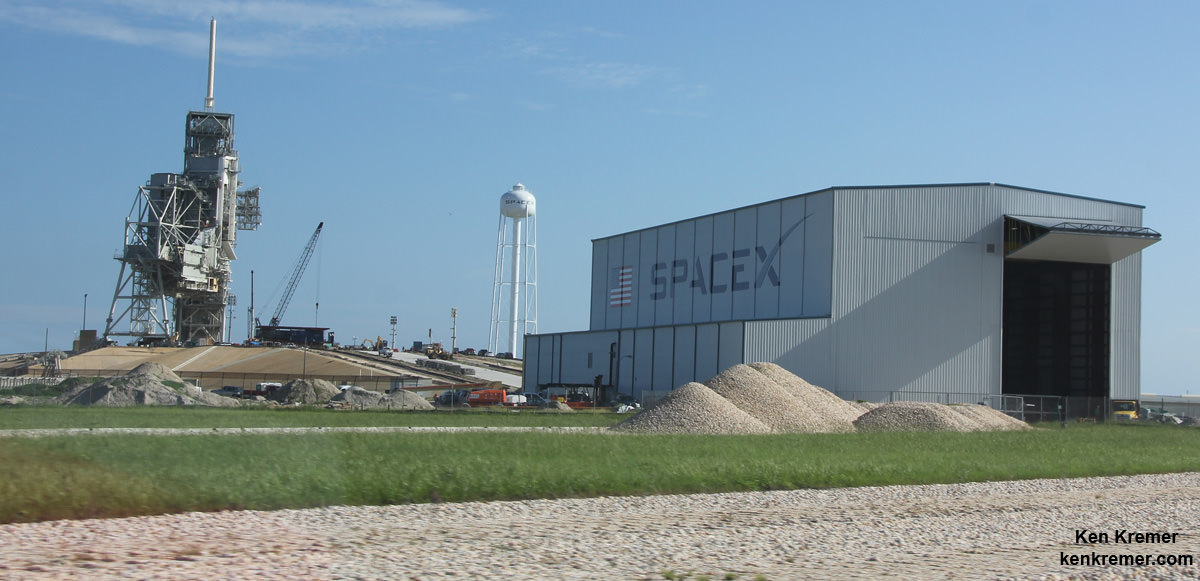
Restoring America’s ability to once again launch US astronauts to the International Space Station (ISS) from US soil on US rockets took another significant step forward when NASA ordered the first the agency’s first commercial crew rotation mission from the Hawthorne, California based-company SpaceX. NASA and SpaceX hope that the blastoff with a crew of up to four astronauts will take place by late 2017.
The new Nov. 20 award from NASA’s Commercial Crew Program (CCP) office to launch the SpaceX Crew Dragon capsule follows up on an earlier commercial crew rotation mission award this past May to the Boeing Company of Houston to launch its CST-100 Starliner astronaut crew capsule to the ISS.
Since the retirement of NASA’s Space Shuttle orbiters in 2011, all American and ISS partner astronauts have been forced to hitch a ride on the Russian Soyuz capsule for flights to the ISS and back, at a current cost of over $70 million per seat.
“The authority to proceed with Dragon’s first operational crew mission is a significant milestone in the Commercial Crew Program and a great source of pride for the entire SpaceX team,” said Gwynne Shotwell, president and chief operating officer of SpaceX, in a statement.
“When Crew Dragon takes NASA astronauts to the space station in 2017, they will be riding in one of the safest, most reliable spacecraft ever flown. We’re honored to be developing this capability for NASA and our country.”
However, actually achieving crew launches by both Boeing and SpaceX before the end of 2017 is completely contingent on whether the companies can satisfactorily meet all of NASA’s human spaceflight certification milestones specifying the vehicles are fully capable and safe for astronauts to fly.
Both companies also plan to conduct unmanned and manned orbital test flights of their crew capsules earlier in 2017, paving the path to orbit prior to initiating the commercial crew rotation missions.
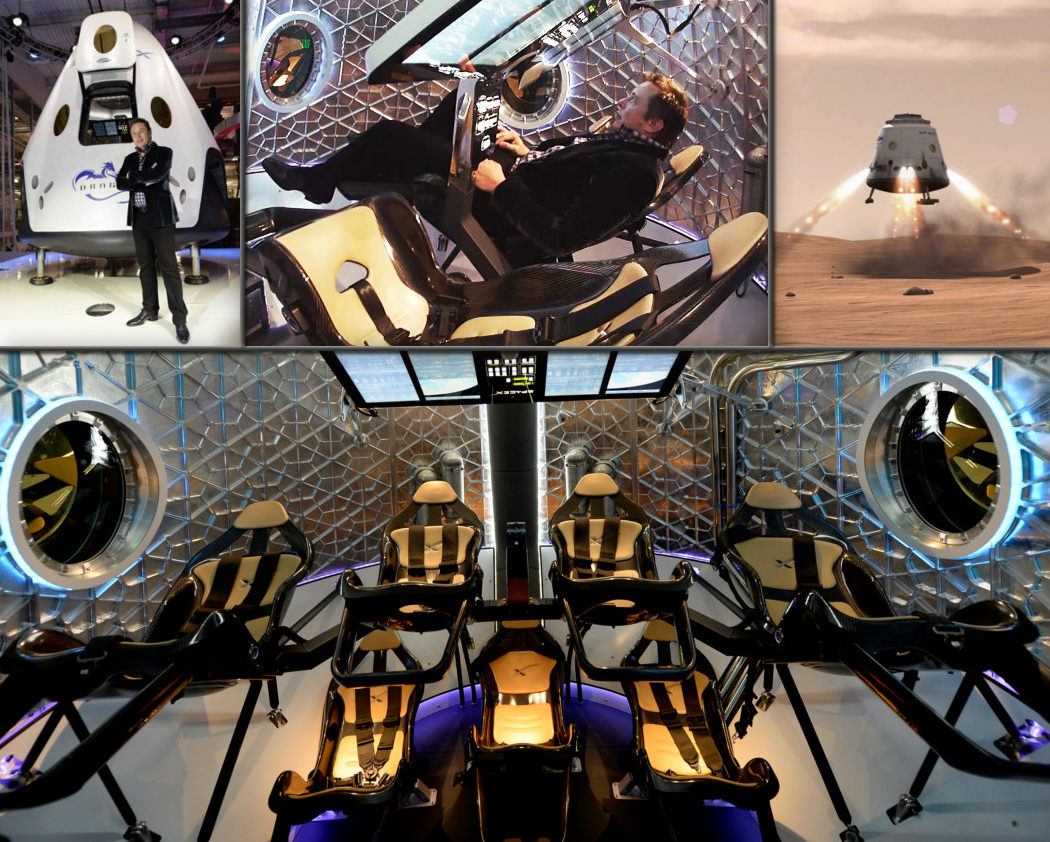
This is the second in a series of four guaranteed orders NASA will make under the Commercial Crew Transportation Capability (CCtCap) contracts.
NASA is making the awards now to both SpaceX and Boeing since it’s expected to take a lead time of about 2 or 3 years to assemble all the hardware required to manufacture the Crew Dragon and Starliner CST-100, respectively, into fully functioning spaceships.
Boeing and SpaceX were awarded contracts by NASA Administrator Charles Bolden in September 2014 worth $6.8 Billion to complete the development and manufacture of the privately developed Starliner CST-100 and Crew Dragon astronaut transporters under the agency’s Commercial Crew Transportation Capability (CCtCap) program and NASA’s Launch America initiative.
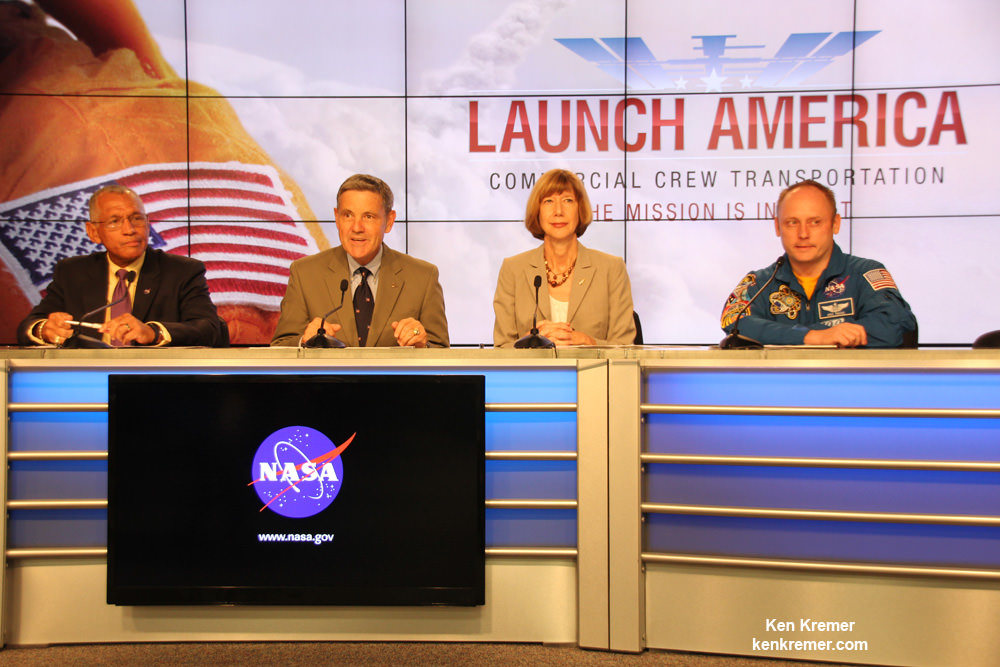
“It’s really exciting to see SpaceX and Boeing with hardware in flow for their first crew rotation missions,” said Kathy Lueders, manager of NASA’s Commercial Crew Program.
“It is important to have at least two healthy and robust capabilities from U.S. companies to deliver crew and critical scientific experiments from American soil to the space station throughout its lifespan.”
Crew Dragon will launch atop a SpaceX Falcon 9 rocket from the Kennedy Space Center in Florida from NASA’s historic Launch Pad 39A where American astronauts shot to space and the Moon atop America’s Saturn V Moon rockets and the Space Shuttle orbiters.
At a later date NASA will decide which company will fly the first commercial crew rotation mission to the ISS.
Both the CST-100 and Crew Dragon will typically carry a crew of four or five NASA or NASA-sponsored crew members, along with some 220 pounds of pressurized cargo. Each will also be capable of carrying up to seven crew members depending on how the capsule is configured.
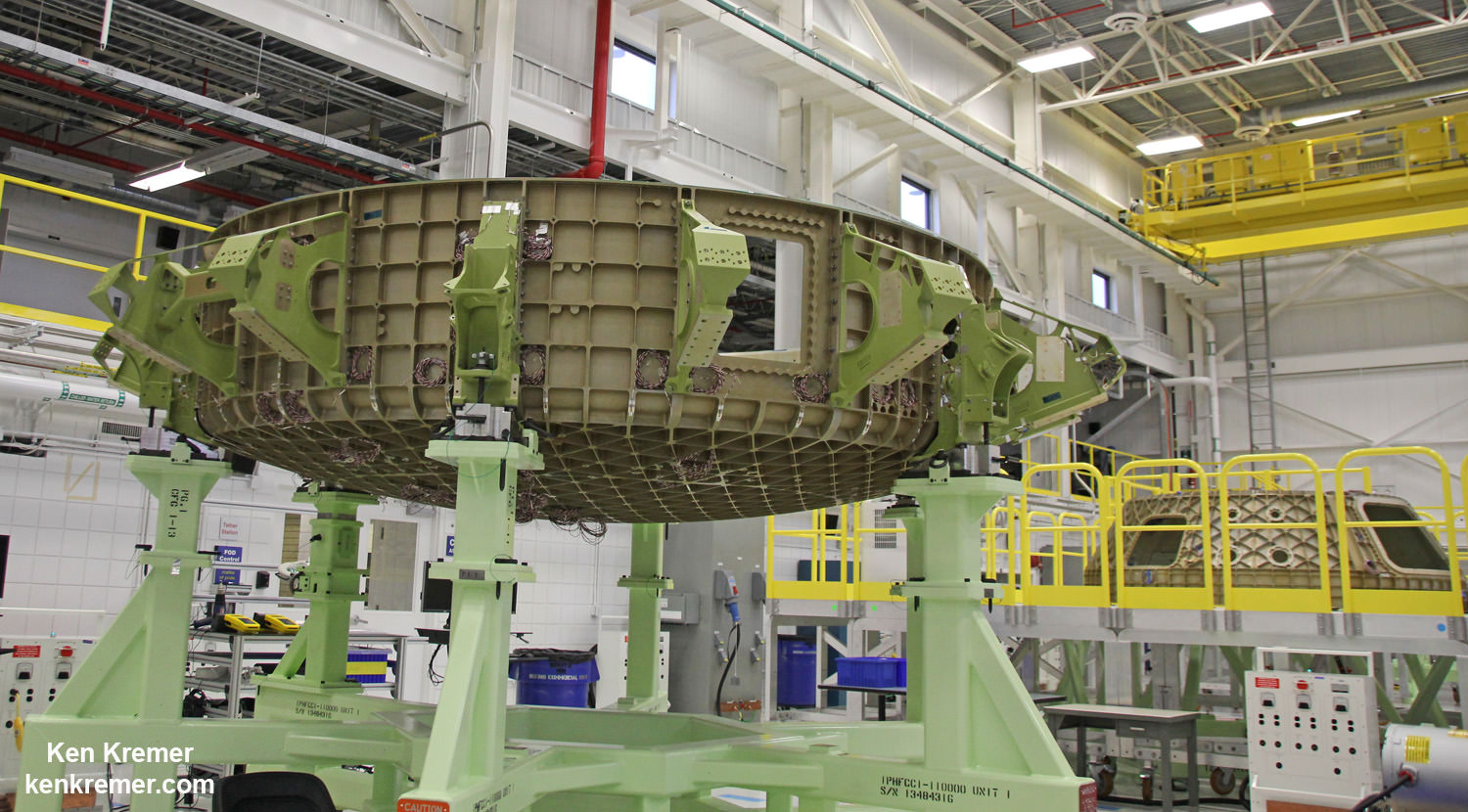
The spacecraft will be capable to remaining docked at the station for up to 210 days and serve as an emergency lifeboat during that time.
The NASA CCtCAP contracts call for a minimum of two and a maximum potential of six missions from each provider.
Another very key aspect is that the commercial crew missions will also allow the station crew to be enlarged from six to seven people, thereby enabling a doubling of research time on the orbiting lab.
On July 9 NASA named the first four astronauts who will fly on the first U.S. commercial spaceflights in the private crew transportation vehicles being built by Boeing and SpaceX.
The four astronauts chosen are all veterans of flights on NASA’s Space Shuttles and to the International Space Station (ISS); Robert Behnken, Eric Boe, Douglas Hurley and Sunita Williams.
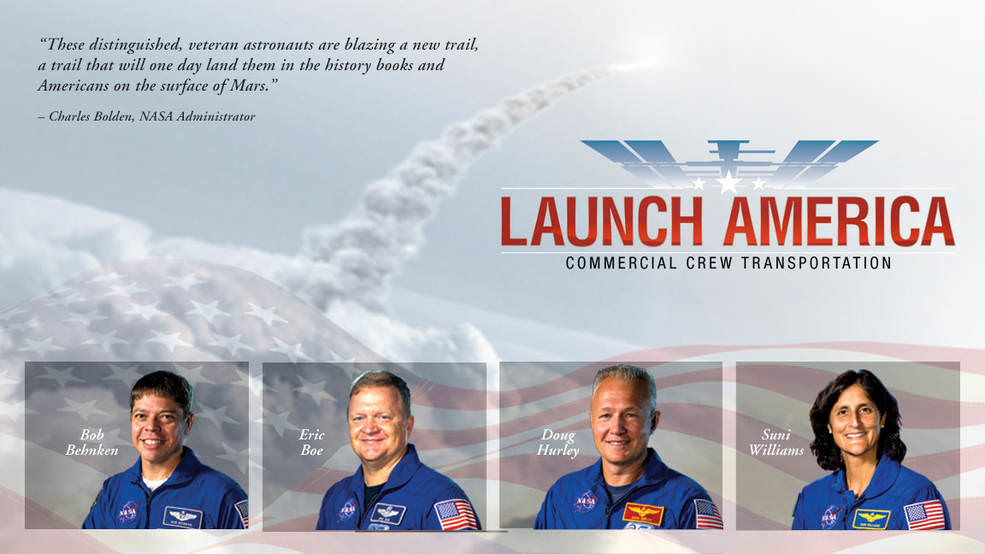
They now form the core of NASA’s commercial crew astronaut corps eligible for the maiden test flights on board the Boeing CST-100 and Crew Dragon astronaut capsules.
SpaceX also conducted a successful Pad Abort Test of the Crew Dragon on May 6, as I reported here.
The actual launch dates depends on the NASA budget allocation for the Commercial Crew Program approved by the US Congress for the 2016 fiscal year.
Congress has never approved NASA’s full funding request for the CCP program and has again cut the program significantly in votes this year. Congress has not yet decided on a final funding for level. So the outlook for a 2017 launch is very uncertain.
Were it not for the past drastic CCP cuts we would be launching astronauts this year on the space taxis.
“Every dollar we invest in commercial crew is a dollar we invest in ourselves, rather than in the Russian economy,” Bolden emphasizes about the multifaceted benefits of the commercial crew initiative.

Stay tuned here for Ken’s continuing Earth and planetary science and human spaceflight news.
………….
Learn more about SpaceX, Orbital ATK Cygnus, ISS, ULA Atlas rocket, Boeing, Space Taxis, Mars rovers, Orion, SLS, Antares, NASA missions and more at Ken’s upcoming outreach events:
Dec 1 to 3: “Orbital ATK Atlas/Cygnus launch to the ISS, ULA, SpaceX, SLS, Orion, Commercial crew, Curiosity explores Mars, Pluto and more,” Kennedy Space Center Quality Inn, Titusville, FL, evenings
Dec 8: “America’s Human Path Back to Space and Mars with Orion, Starliner and Dragon.” Amateur Astronomers Assoc of Princeton, AAAP, Princeton University, Ivy Lane, Astrophysics Dept, Princeton, NJ; 7:30 PM.

I wonder what Elan’s been doing to reward absolutely precise Q.C.? Maybe he’d be inclined to include top performers by handing out futures or stock options as enticement and reward? Get this right guys.. and the skies the limit! We’ll all be rich.. just like in Star Trek! Make it so…
He’s been busy, doing a guest appearance on Big Bang! Last week’s new episode had Elon helping at a homeless shelter, washing dishes and sharing left over pumpkin pie with Howard Walowitz. 🙂
Incremental pay raises with every successful flight? An equivalent reduction in profit sharing for failures?